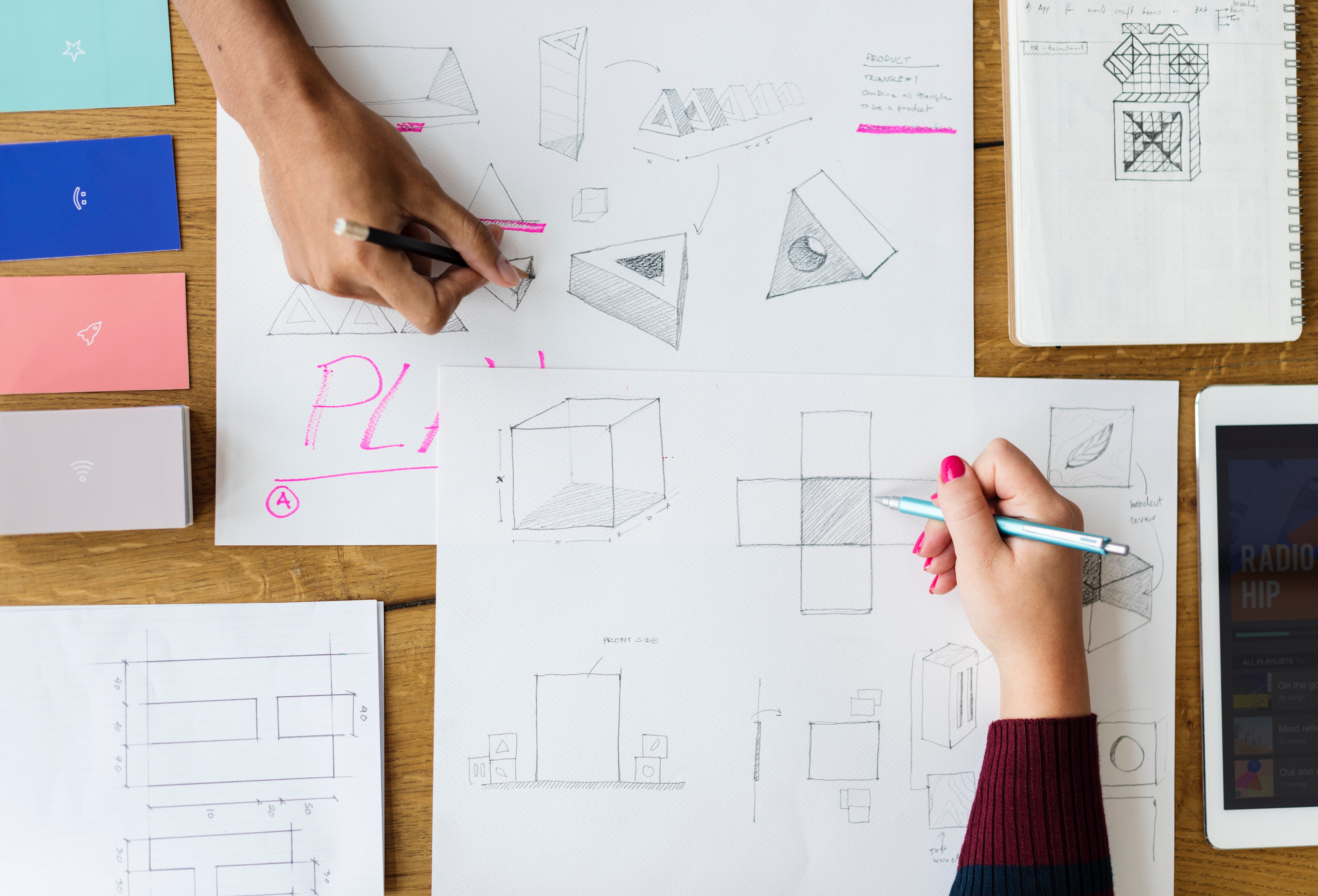Why a design brief is important.
A good design brief helps develop trust and understanding between the client and graphic designer – and serves as an essential point of reference for both parties. Above all, the brief ensures that important design issues are considered and questioned before the designer starts work.

So let’s take a moment to explore this further.
Shooting arrows in the dark.
Even if you have had a face-to-face meeting with a designer, a written design brief is still an important part of the design process. By writing down your thoughts and expectations on paper you will ensure that those thoughts have clarity and have been well considered. If you can’t write down what you want, how can a designer ever hope to capture what you’re looking for? Without a clear brief your designer is simply shooting arrows at a target in the dark. He or she might get lucky, but do you really want to pay for all the misses?
What’s the story?
No one knows their brand and audience as well as the owner of that brand. A solid brief provides background to your brand story, delivers your hard-earned insights to the designer and ensures that the design addresses these insights. Defining your audience helps the designer deliver the right tone and messaging to ensure your message cuts through. It might seem obvious, but knowing the gender and age profile of the audience affects many of the design choices a designer might make.
That’s not to say a designer shouldn’t push the boundaries and question those insights, but at least they will have a baseline.

I said, you said.
Having a written brief helps to ensure that everyone is on the same page. We’ve all played Chinese whispers so a written brief helps to ensure the message stays on-track and clear. Remember, garbage in – garbage out. Take the time to write a formal and lengthy brief, and you are more likely to see an awesome final design.
There’s no I in team.
Great design often comes through collaboration. See your design brief as part of this collaboration. It’s your chance to communicate what you think and how you feel this brief might be treated and considered. It defines your expectations and then leaves it to the designer to either meet your brief or question it and offer alternatives.
Time is money.
Designers mostly charge for their time by the hour. A well-considered brief will ensure that your designer spends less time getting things wrong and more time working efficiently to deliver on your requirement. At times you might feel like writing the brief is taking way to long, but honestly… stay focused as it will pay-back in the long run.
Remember, a poorly written brief or a brief lacking in necessary detail will always mean the designer has to spend extra time on the project, and this extra time costs you money! It is always much better to spend the time up-front getting clear about your requirements and giving the designer the information they need.
